 MSB announced yesterday that on June 28 the first live tests of connecting Rakel (Sweden) with Nødnett (Norway) have been carried out with great success.
MSB announced yesterday that on June 28 the first live tests of connecting Rakel (Sweden) with Nødnett (Norway) have been carried out with great success.
The tests are part of a large project named NOR-SWE ISI (Inter system interface). The main purpose of the project is to ensure effective cross-border communication between Sweden and Norway who share a 1619 km long border.
You can find below a simple video filmed with a smartphone showing two terminals – one from Rakel and one from Nødnett.
The conversation is as follows:
Can you hear us Sven Erik and Magnus? (Norwegian)
This is Magnus, I heard you very well. I will try on other terminals as well…. (Swedish)
(tetra-applications)


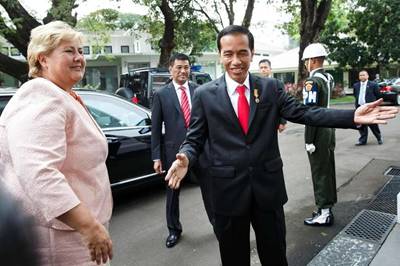
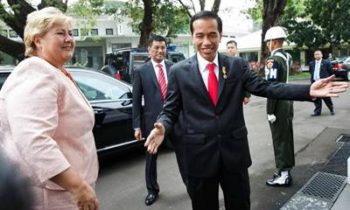 Indonesia and Norway partners with the World Resources Institute Indonesia to map priority peatland areas in order to support peatland restoration. WRI will help increase transparency in the management of Indonesia’s forests and peatlands.
Indonesia and Norway partners with the World Resources Institute Indonesia to map priority peatland areas in order to support peatland restoration. WRI will help increase transparency in the management of Indonesia’s forests and peatlands.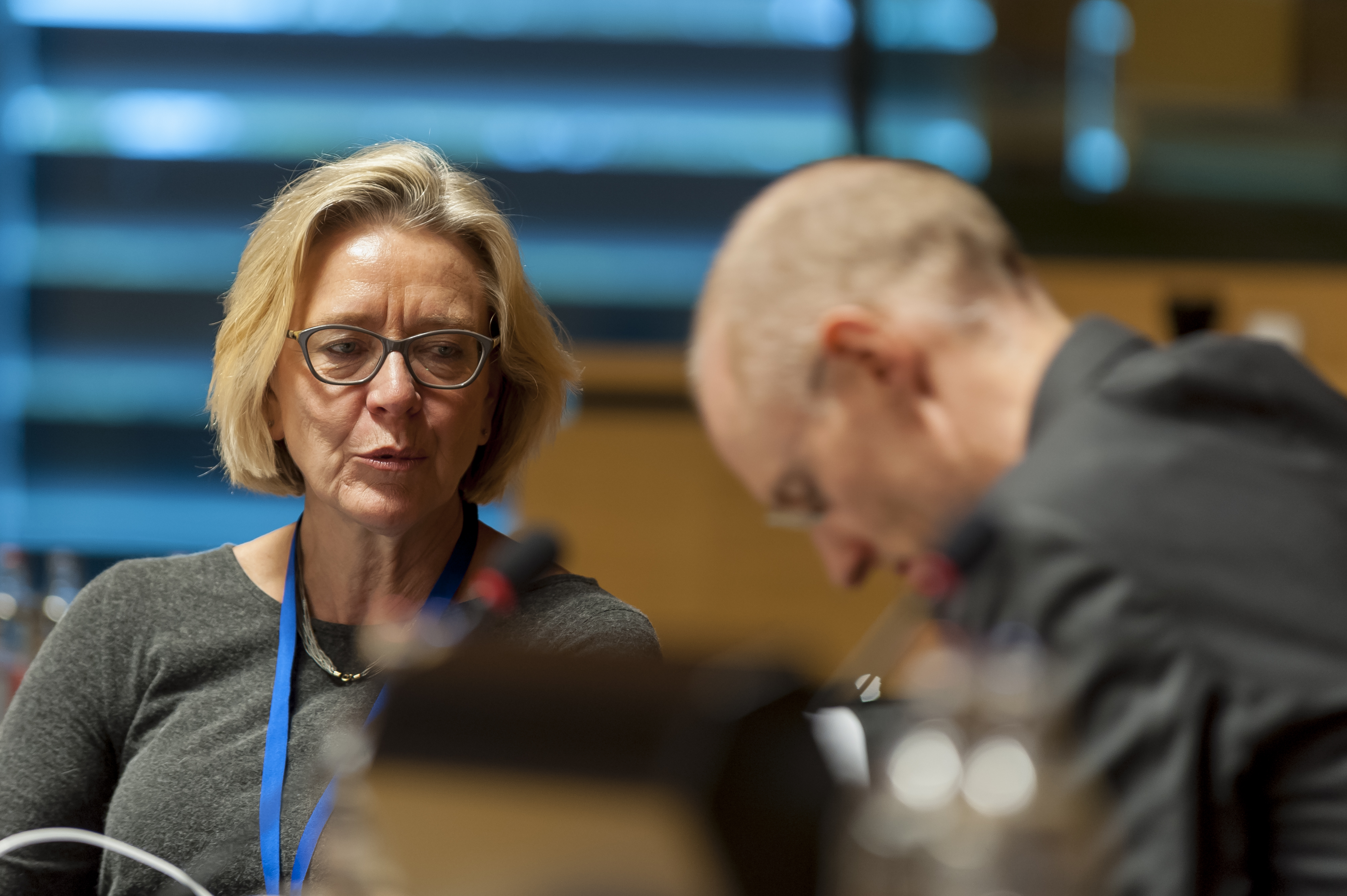
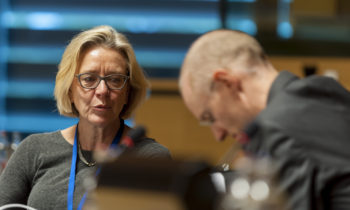

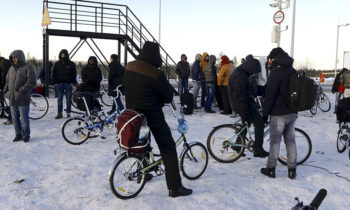
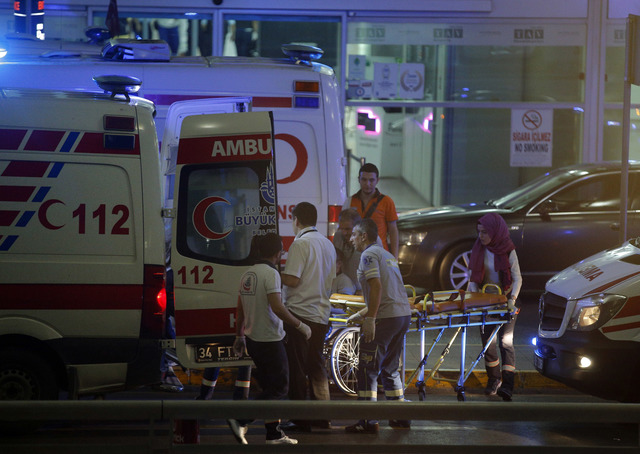


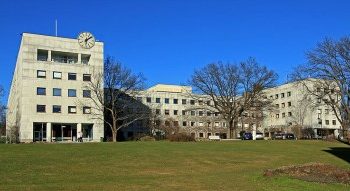 Norwegian public service broadcaster NRK has announced a major installation of Tedial’s Evolution business-driven media workflow. The solution provides NRK with multi-site Enterprise MAM, Capture Manager software and a designated Disaster Recovery facility to service its Oslo headquarters and 12 regional sites.
Norwegian public service broadcaster NRK has announced a major installation of Tedial’s Evolution business-driven media workflow. The solution provides NRK with multi-site Enterprise MAM, Capture Manager software and a designated Disaster Recovery facility to service its Oslo headquarters and 12 regional sites.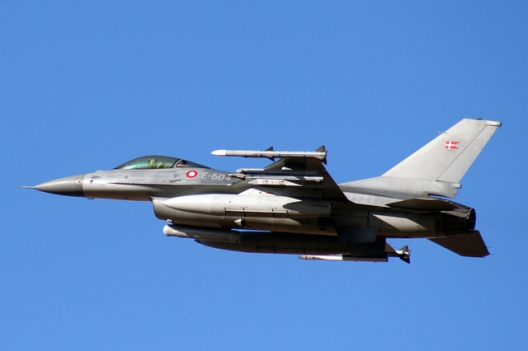


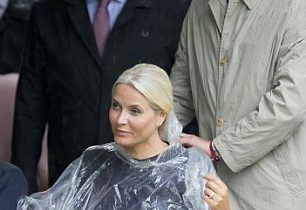 At the Crown Princess of Norway, she is normally a picture of poise and grace.
At the Crown Princess of Norway, she is normally a picture of poise and grace.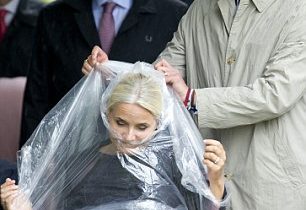 Mette-Marit wrapped up with a fleecy pink blanket, while her devoted husband attempted to pull the poncho over her head – with some difficulty.
Mette-Marit wrapped up with a fleecy pink blanket, while her devoted husband attempted to pull the poncho over her head – with some difficulty.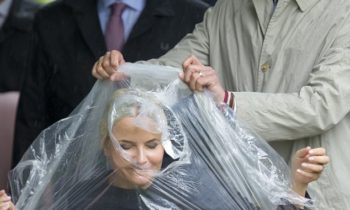 ‘Norway is 25 years older,’ he said. ‘Norwegian society is not the same as it was in 1991. We face different challenges, have different opportunities.
‘Norway is 25 years older,’ he said. ‘Norwegian society is not the same as it was in 1991. We face different challenges, have different opportunities.
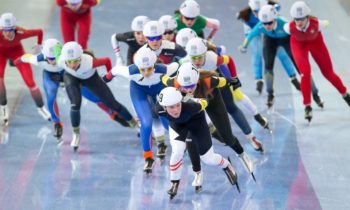

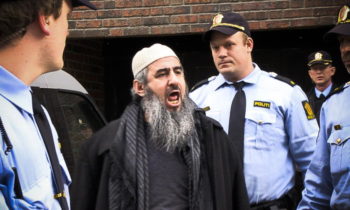 A Norwegian court gave the green light on Wednesday for the extradition to Italy of a controversial Kurdish Iraqi cleric accused of belonging to the Islamic State group.
A Norwegian court gave the green light on Wednesday for the extradition to Italy of a controversial Kurdish Iraqi cleric accused of belonging to the Islamic State group.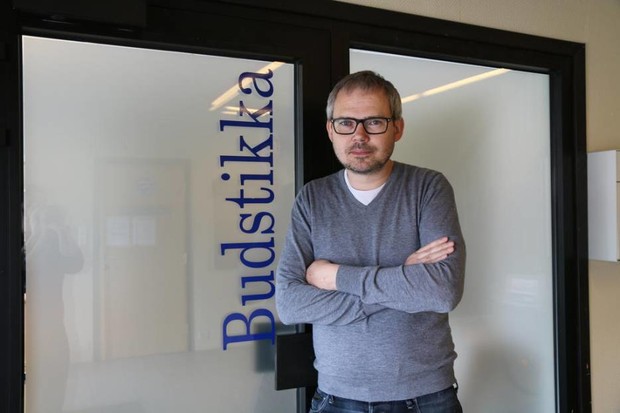
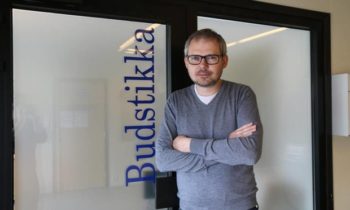 We’re all figuring out new ways to engage our audiences, but what exactly are we actually trying to achieve? Rather than aiming for likes, clicks, or much-needed revenue, one small Norwegian newspaper is using public journalism to give purpose to its audience engagement and help integrate journalism in the democratic process.
We’re all figuring out new ways to engage our audiences, but what exactly are we actually trying to achieve? Rather than aiming for likes, clicks, or much-needed revenue, one small Norwegian newspaper is using public journalism to give purpose to its audience engagement and help integrate journalism in the democratic process.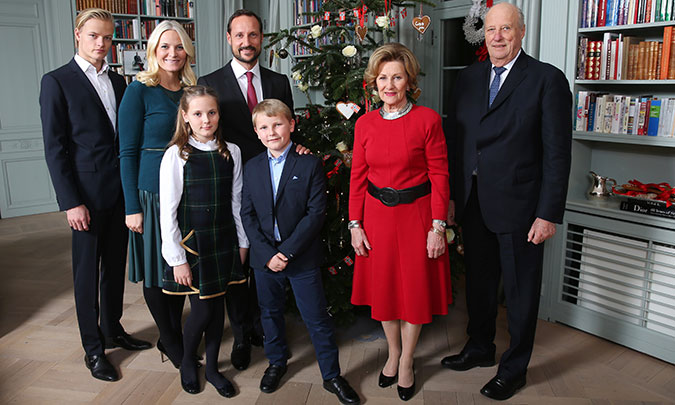
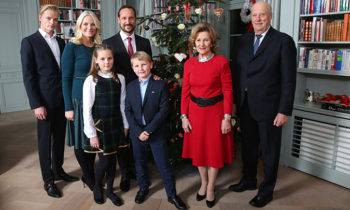 The Norwegian Royal Court and the Royal Police Escort have issued an apology for an incident in which an elderly woman was knocked over by a bodyguard and ended in hospital, reports Avisa Nordland.
The Norwegian Royal Court and the Royal Police Escort have issued an apology for an incident in which an elderly woman was knocked over by a bodyguard and ended in hospital, reports Avisa Nordland.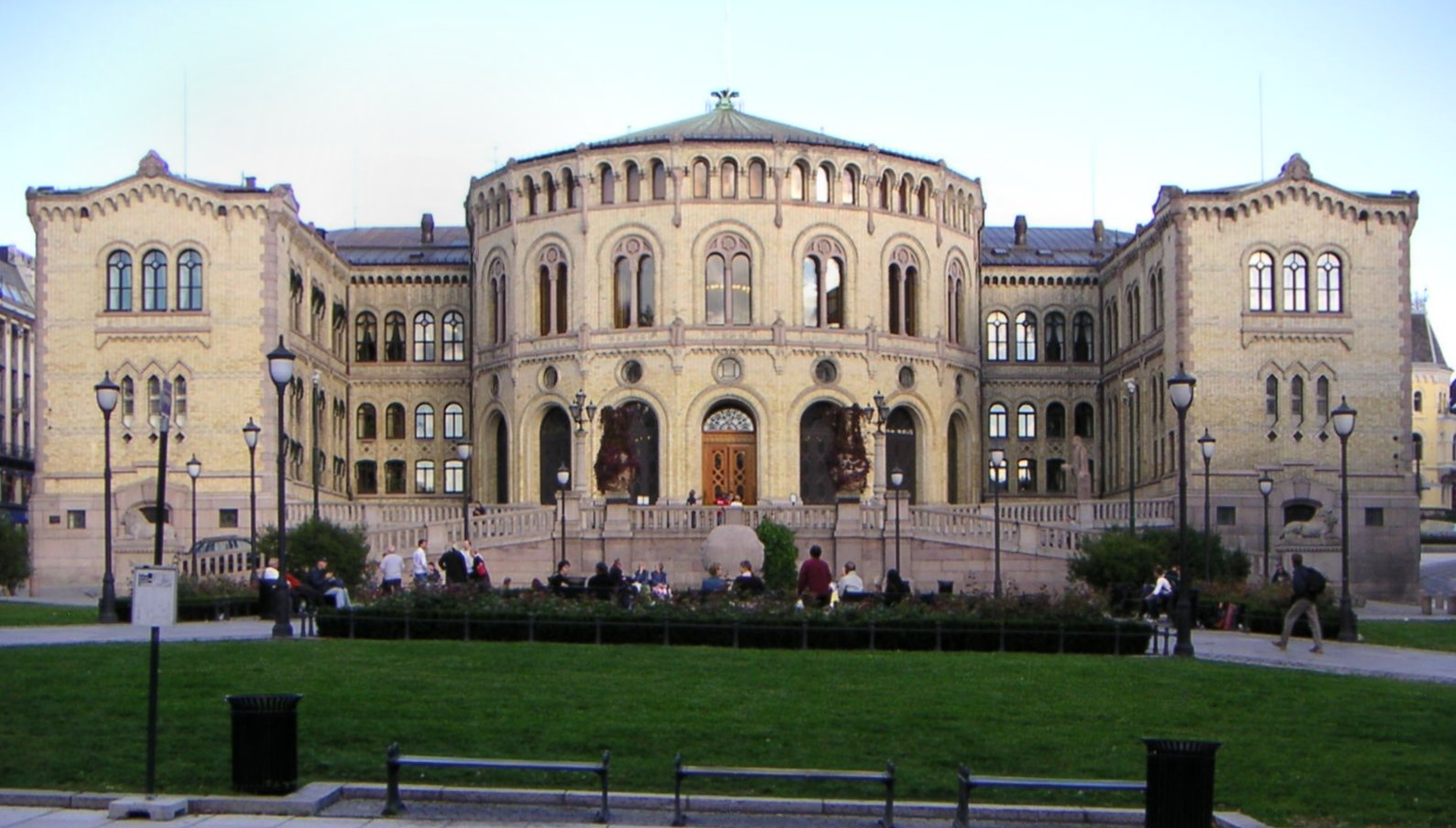

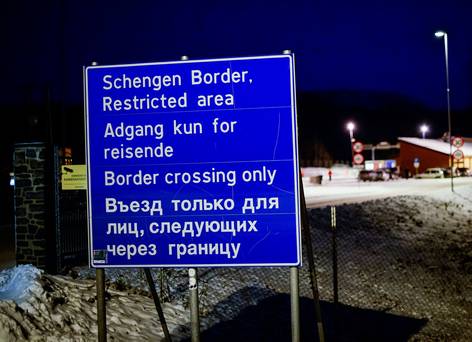
 The Norwegian prime minister has said the open border between her country and Sweden has worked for more than 50 years, but she can’t offer advice on how it could be copied in Ireland.
The Norwegian prime minister has said the open border between her country and Sweden has worked for more than 50 years, but she can’t offer advice on how it could be copied in Ireland.
 The Central Bank of Norway excluded two oil companies working off the coast of Western Sahara for Morocco, because of the “serious violations of the basic ethical standards,” according to the Bank’s Council of ethics, cited by the news agency Reuters.
The Central Bank of Norway excluded two oil companies working off the coast of Western Sahara for Morocco, because of the “serious violations of the basic ethical standards,” according to the Bank’s Council of ethics, cited by the news agency Reuters.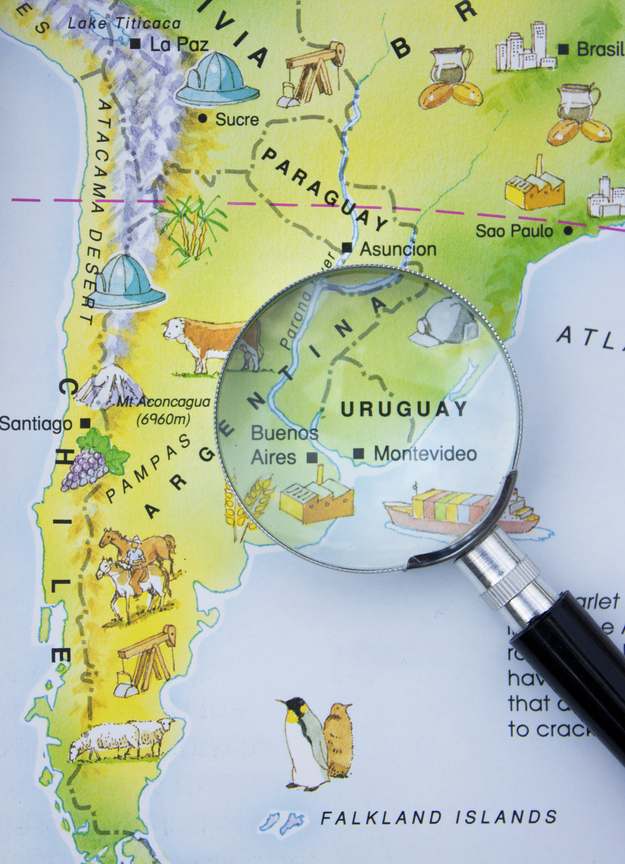
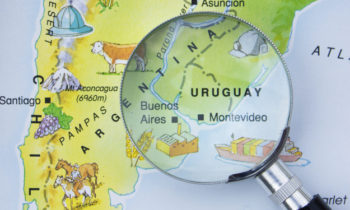 ‘We are now seeking to intensify our cooperation with Argentina and Uruguay. The Argentine Government has initiated ambitious economic reforms, which bode well for our future cooperation,’ said Minister of Foreign Affairs Børge Brende.
‘We are now seeking to intensify our cooperation with Argentina and Uruguay. The Argentine Government has initiated ambitious economic reforms, which bode well for our future cooperation,’ said Minister of Foreign Affairs Børge Brende.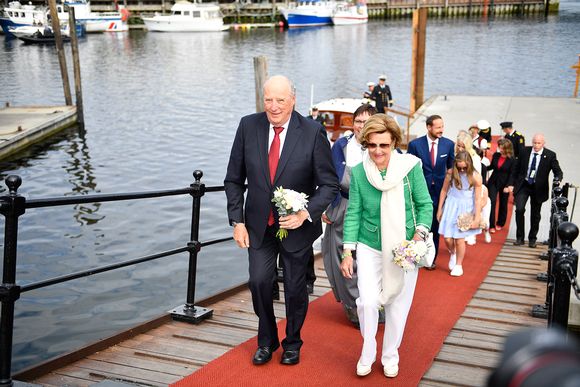
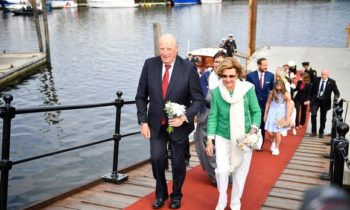
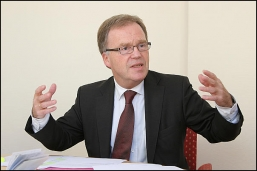

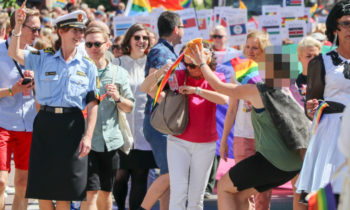
 The woman has not admitted to having done what she is accused of, said her defending attorney Kaja de Vibe Malling.
The woman has not admitted to having done what she is accused of, said her defending attorney Kaja de Vibe Malling.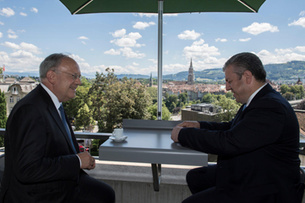

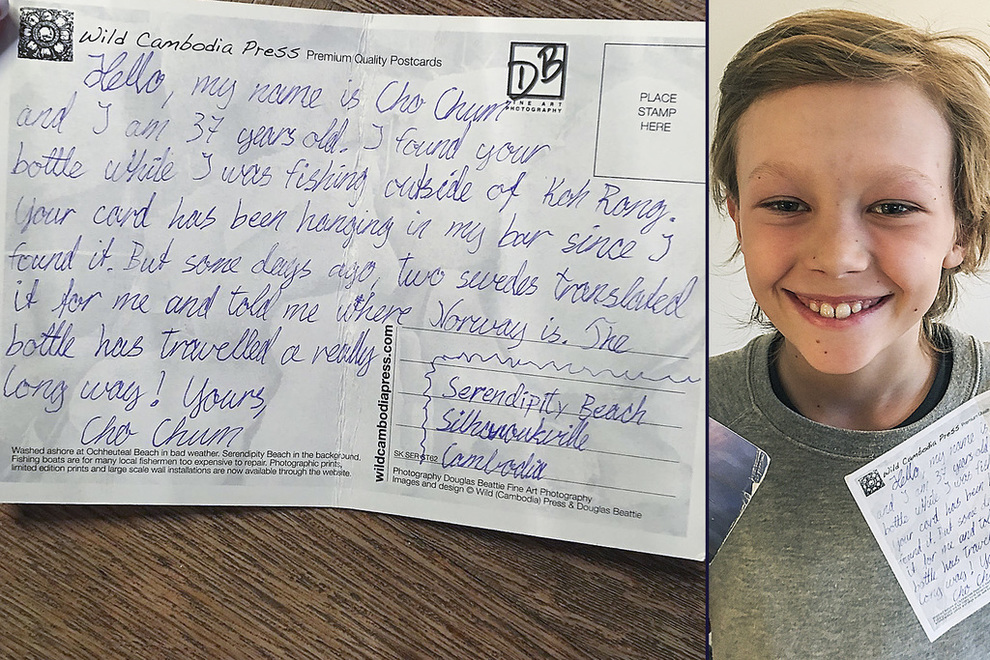
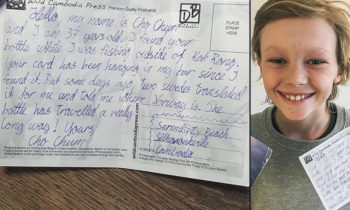 In the summer of 2013, the seven year old Mingus Lund threw at Coca Cola bottle with a postcard inside into the ocean by Geitskjæret on Nøtterøy near the town of Tønnsberg in Norway. The photo showed the famous cliff Prekestolen in Norway. On the other side of the card, Mingus wrote – with the help of his cousin:
In the summer of 2013, the seven year old Mingus Lund threw at Coca Cola bottle with a postcard inside into the ocean by Geitskjæret on Nøtterøy near the town of Tønnsberg in Norway. The photo showed the famous cliff Prekestolen in Norway. On the other side of the card, Mingus wrote – with the help of his cousin:
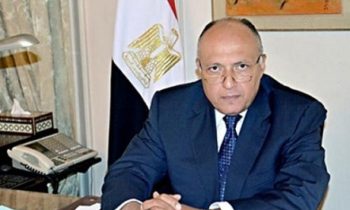 Egyptian foreign minister Sameh Shoukry discussed with Norway’s Middle East peace envoy Tor Vinslad the recent Paris-based Israeli-Palestinian peace initiative, the ministry’s spokesperson Ahmed Abu Zeid said Sunday.
Egyptian foreign minister Sameh Shoukry discussed with Norway’s Middle East peace envoy Tor Vinslad the recent Paris-based Israeli-Palestinian peace initiative, the ministry’s spokesperson Ahmed Abu Zeid said Sunday.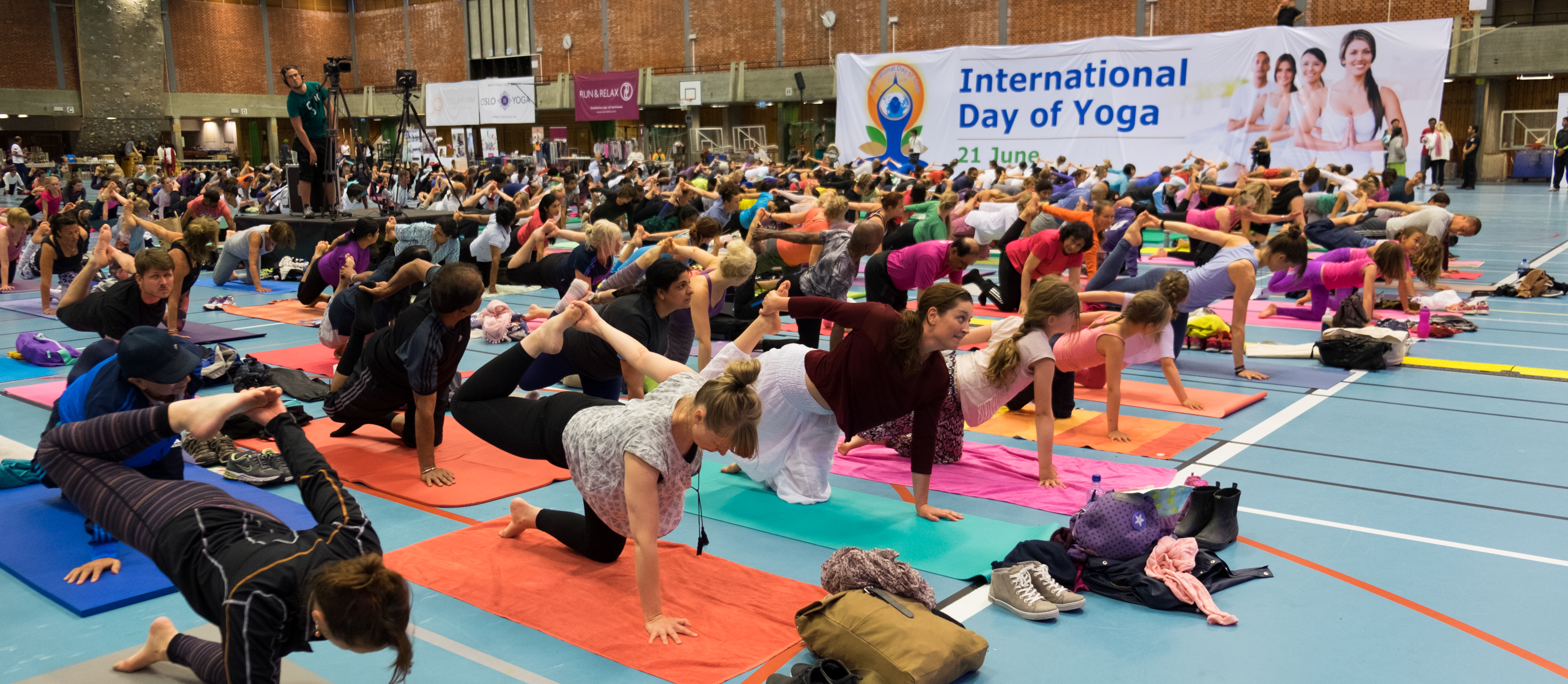


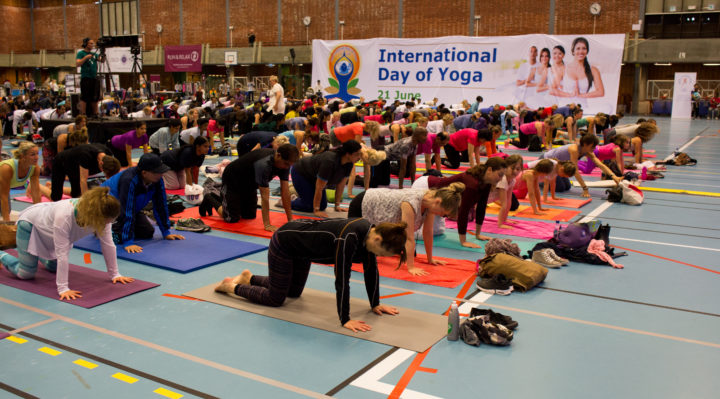
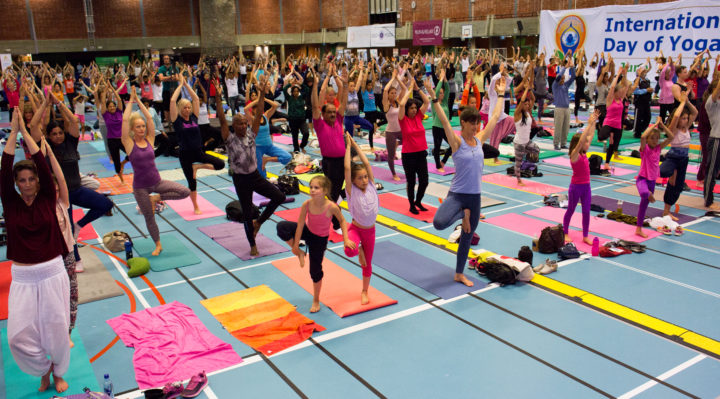





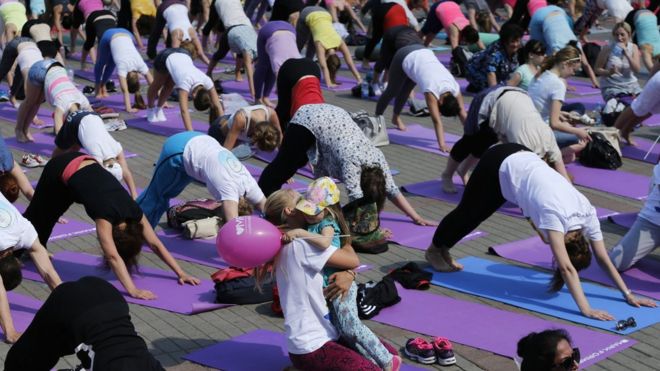
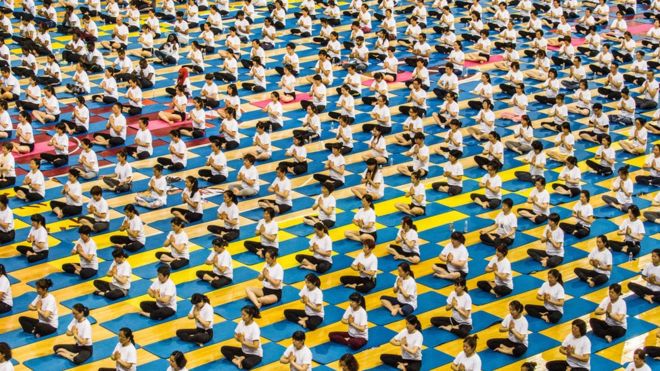
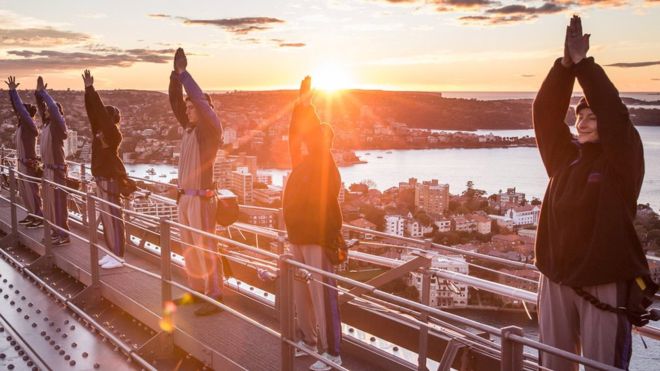
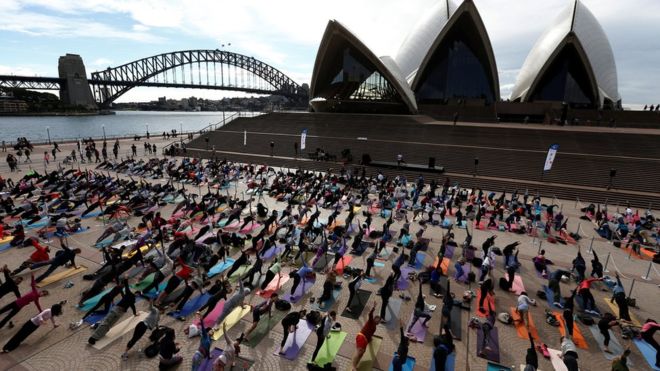

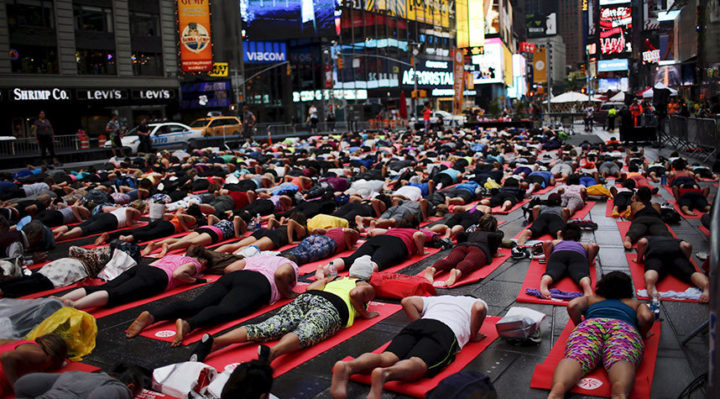
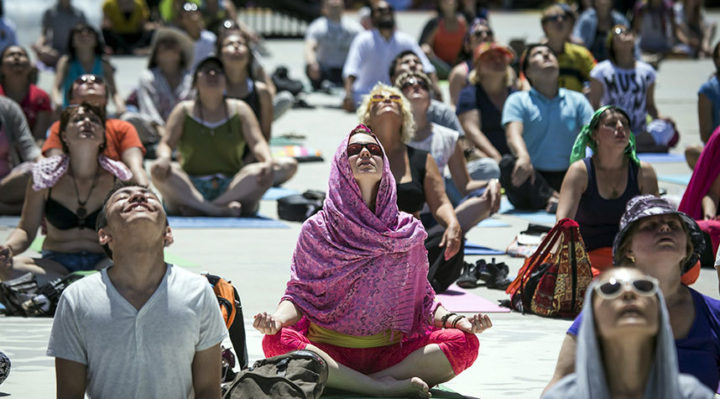
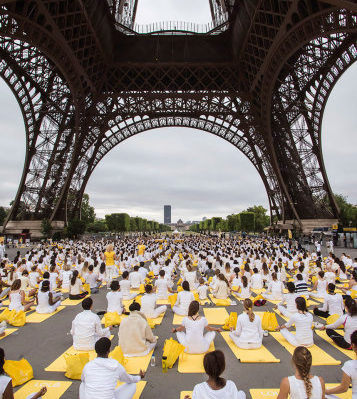

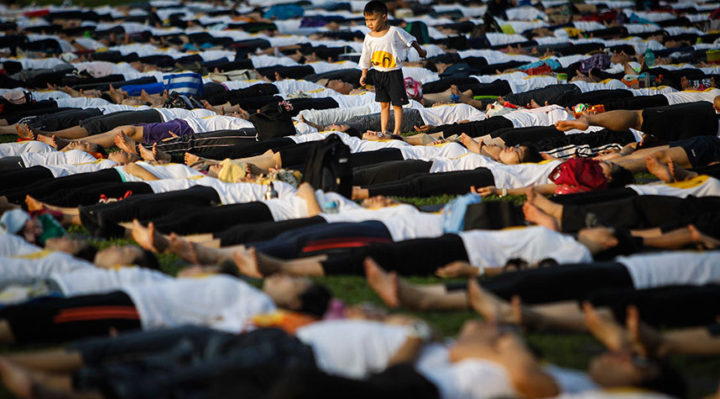
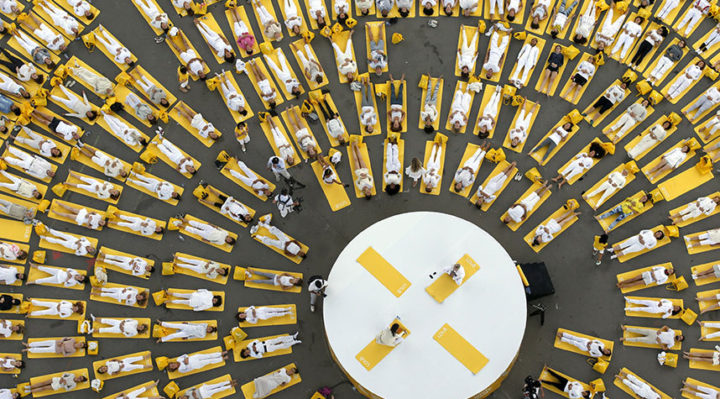
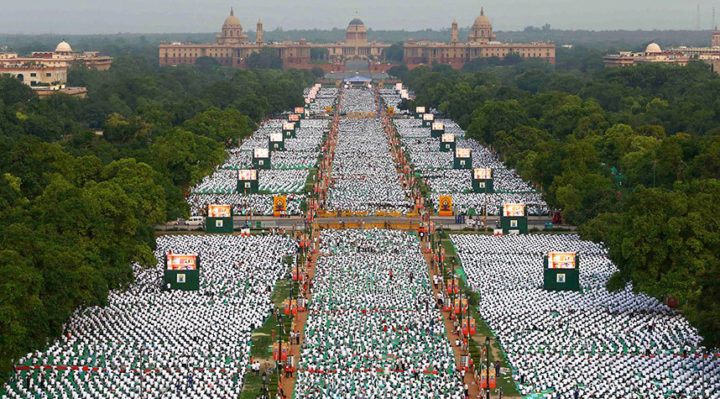
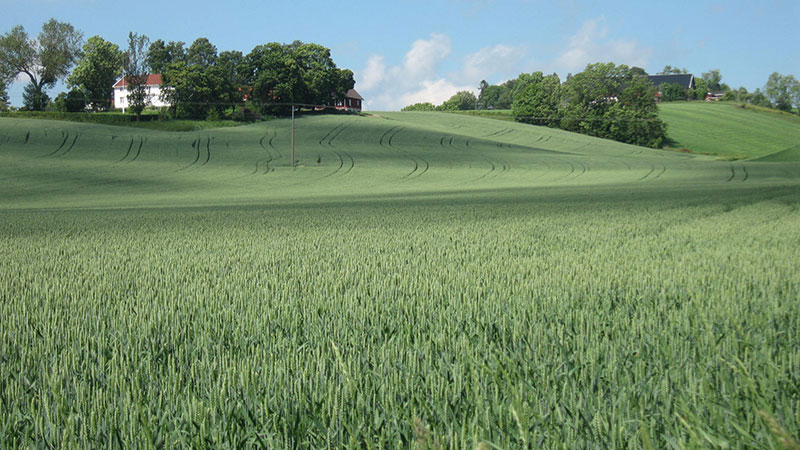
 Greenhouse gas emissions have decreased by about 13 percent from 1990, and in 2013 amounted to just over 8 percent of the Norwegian greenhouse gas emissions. A Project Group reviewing agriculture challenges in the face of climate change has concluded that, including emissions from transport, construction and land, the further potential for emission reduction from today and until 2030 is estimated to be near 20 percent.
Greenhouse gas emissions have decreased by about 13 percent from 1990, and in 2013 amounted to just over 8 percent of the Norwegian greenhouse gas emissions. A Project Group reviewing agriculture challenges in the face of climate change has concluded that, including emissions from transport, construction and land, the further potential for emission reduction from today and until 2030 is estimated to be near 20 percent.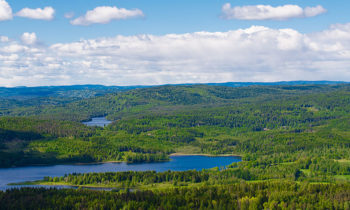 Another great potential for national climate action is to exploit forest resources. In line with the recommendations of the IPCC, the Project Group believes that the role of forests as a carbon sink can be substantially improved by targeted reforestation and other measures that promote forest productivity. Renewable energy and raw materials from the forest can displace fossil fuel emissions in other sectors. The use of biofuels in the transport sector, the use of bioenergy and building materials in the building sector and the use of biochar as a reducing agent in the industry, are examples of this. Many of the scenarios that underlie IPCC low emission vectors assume negative emissions from approximately 2050, and photosynthesis remains the basis of all hitherto known carbon negative technologies.
Another great potential for national climate action is to exploit forest resources. In line with the recommendations of the IPCC, the Project Group believes that the role of forests as a carbon sink can be substantially improved by targeted reforestation and other measures that promote forest productivity. Renewable energy and raw materials from the forest can displace fossil fuel emissions in other sectors. The use of biofuels in the transport sector, the use of bioenergy and building materials in the building sector and the use of biochar as a reducing agent in the industry, are examples of this. Many of the scenarios that underlie IPCC low emission vectors assume negative emissions from approximately 2050, and photosynthesis remains the basis of all hitherto known carbon negative technologies.